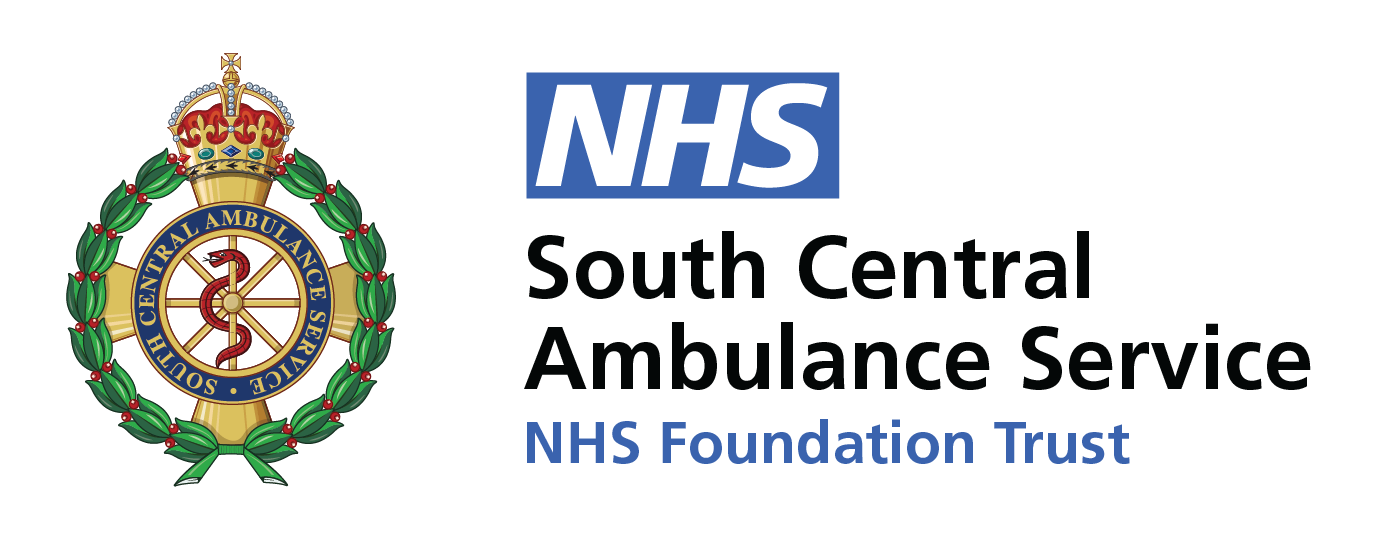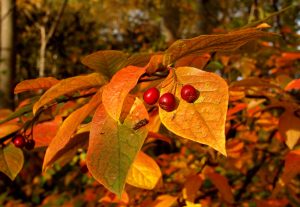
Stay safe and healthy in the autumn
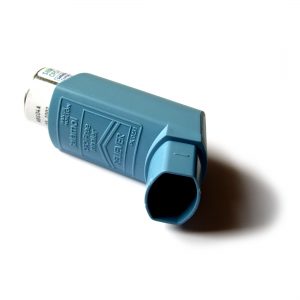 Asthma attacks
Asthma attacks
Asthma is a chronic condition causing coughing, wheezing and breathlessness. Autumn is not a great time of year if you have asthma, but you are not alone as there are over a million children in the UK who suffer from it. Is it an asthma attack?
You can tell if you, or someone with you, is having an asthma attack if:
the reliever inhaler isn’t helping when it normally would;
the symptoms are getting worse (coughing, breathlessness, wheezing or tight chest);
you or someone with you is too breathless to speak, eat or sleep;
your or someone’s breathing may get faster and it feels like you or the person can’t get your/his/her breath in properly;
you or the person with you may complain of a tummy ache (more common in children than in adults);
Often, using the reliever inhaler will be enough to relieve the symptoms when having an attack. But sometimes symptoms are more severe and urgent action is needed.
What to do if you are having an asthma attack?
If you have asthma, learn how to manage it and reduce the risk of attacks by asking your parent/carer to get you a FREE fun filled My Asthma pack from Asthma UK.
Autumn berries
Certain berries and leaves can look very pretty but they can also be poisonous if eaten. Don’t try! Be smart and stay alive!
Bonfires and fireworks
Lots of people like to celebrate Bonfire Night on the 5 November, but it is important to have fun and remain safe when close to naked flames and fireworks. Always keep a safe distance when bonfires are alight as well as when sparklers and fireworks are lit as they can cause burns to hands, arms and faces.
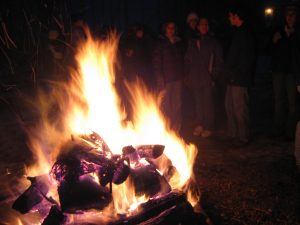 Bonfires
Bonfires
It’s tempting to get near a fire when it’s cold outside as it’s warm and glowing. Don’t do it! Keep a good distance from fires as you might burn if too close. Do you want to be a fire inspector for the day? Then make sure that the adult(s) who are planning the bonfire follow these guidelines:
Bonfires should be at least 18m (60ft) away from houses, trees, hedges, fences or sheds;
Use domestic firelighters when lighting a bonfire;
Never use petrol, paraffin or other flammable liquids to light a bonfire.
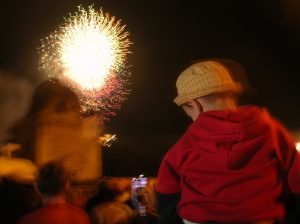 Fireworks
Fireworks
Remember – fireworks are not toys. They are explosives and can cause serious injuries! Don’t be a victim, be SMART!
Here are some facts about fireworks and potential risks of not using them properly:
- Sparklers get five times hotter than cooking oil;
- If you are playing with younger children, don’t give sparklers to them if they are under five years old (too little to understand the danger!);
- Light sparklers one at a time
- Hold sparklers at arm’s length and wear gloves
- Put used sparklers hot end first into a bucket of sand or water
- A rocket can reach speeds of 150mph
- A firework shell can reach as high as 200m
- Three sparklers burning together generate the same heat as a blowtorch
- You see the explosion of a firework before hearing it because sound travels at 761mph, but light travels at 671 million mph
- ONLY ADULTS SHOULD USE FIREWORKS
- ALSO – don’t pick up old, discarded rockets or bangers that have been lying on the ground as they can be enough to trigger a ‘bomb-like’ explosion causing serious hand and facial injuries.
What to do in case of a burn: if the burn appears larger than the patient’s hand it will require a medical assessment. Deep burns of any size will require urgent hospital treatment. IF THE BURN IS NOT DEEP, HERE ARE FIVE ACTIONS FOR YOU TO TAKE, STEP BY STEP:
- Get help from an adult immediately. If not possible, keep calm and make sure you stop the burning as soon as possible by removing the person from the area, dousing flames with water or smothering flames with a blanket. Do not put yourself at risk of getting burnt too!
- Remove any clothing or jewellery near the burnt area of skin. BE VERY CAREFUL – don’t try to remove anything that is stuck to the burnt skin because this could cause more damage
- Cool the burn with cool or lukewarm water for 10 to 30 minutes, ideally within 20 minutes of the injury occurring. NEVER use ice, iced water or any creams or greasy substances such as butter
- Keep yourself or the person warm. Use a blanket or layers of clothing, but avoid putting them on the injured area. Keeping warm will prevent hypothermia; this is when a person’s body temperature drops below 35ºC (95ºF)
- Cover the burn with cling film. Put the cling film in a layer over the burn or a clean, clear plastic bag can be used for burns on your hand.
- IF THE BURN IS DEEP, OR YOU ARE NOT SURE: call 999 immediately and ask for an ambulance if you or someone with you has a deep burn. While waiting for an ambulance, and to help ease the symptoms, it’s important to apply only cool running water from the tap or if there is no other water then the garden hose will do. Never use ice or any other substance (egg whites or butter are NOT good for burns).
Clothes
Wrap up well when going outdoors and make sure you wash your hands regularly with warm water and soap. Throw away all used tissues to avoid nasty viruses and infections.
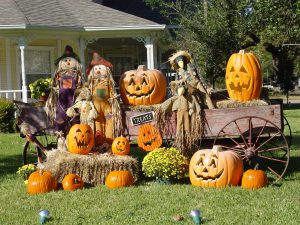 Halloween
Halloween
Halloween is a fun event and it’s nice to prepare the pumpkin and get all dressed up. But there are some dangers. Be SMART by following these safety guidelines. Be careful when: carving pumpkins (you do not want to cut yourself or the person(s) with you!); playing with sparklers (don’t cause yourself or the person(s) with you some nasty burns!). Wear gloves and cover bare arms when lighting sparklers; near candles as your Halloween outfit might catch fire and you will get serious burns.
An adult should be with you at all times.
Videos
Here is a video from BBC news with Strictly Come Dancing presenter Claudia Winkleman talking about the serious injuries her daughter Matilda suffered in a Halloween costume fire. Matilda was left with severe burns when her costume caught fire at a neighbour’s house in London.
Watch this video at home with your parents/carers and/or at school with your teachers.
